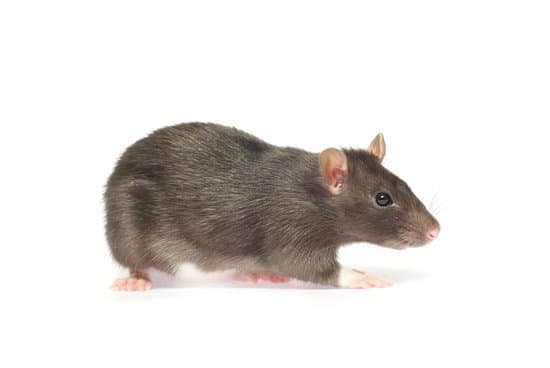Why Rats Have Long Tails
In order to understand why rats have long tails, it helps to know how a rat’s tail works. It is an extension of the vertebral column and is composed of three concentric layers: an inner core made of bone, an outer layer composed of tendons and blood vessels, and a third layer made of skin. The main purpose of a rat’s tail is thermoregulation, allowing it to regulate its body temperature.
The rat’s tail is also an important part of its balance. It allows the animal to adjust its center of gravity on narrow surfaces without falling off. In addition, the tail is an anchor that allows rats to walk on wires at incredible speeds. Although rats are small and vulnerable, they have few defenses, which is why the tail is so important.
In hot weather, a rat’s body temperature rises. To compensate, the tail’s blood vessels dilate to allow more blood to flow to the tail. The tail is made of a layer of skin, which absorbs heat from the blood. When this blood flows back to the body, it cools the rat’s body. Without a tail, it’s hard for a rat to cool itself and can even be fatal in some situations.
As an organ that regulates temperature, the tail is a crucial part of a rat’s body. Its blood vessels are very sensitive to changes in temperature. As a result, when the temperature rises, rat tail blood vessels dilate. The warm blood that flows into the tail cools quickly and returns to the body. This allows a rat to maintain body temperature and balance in hot or cold weather.








